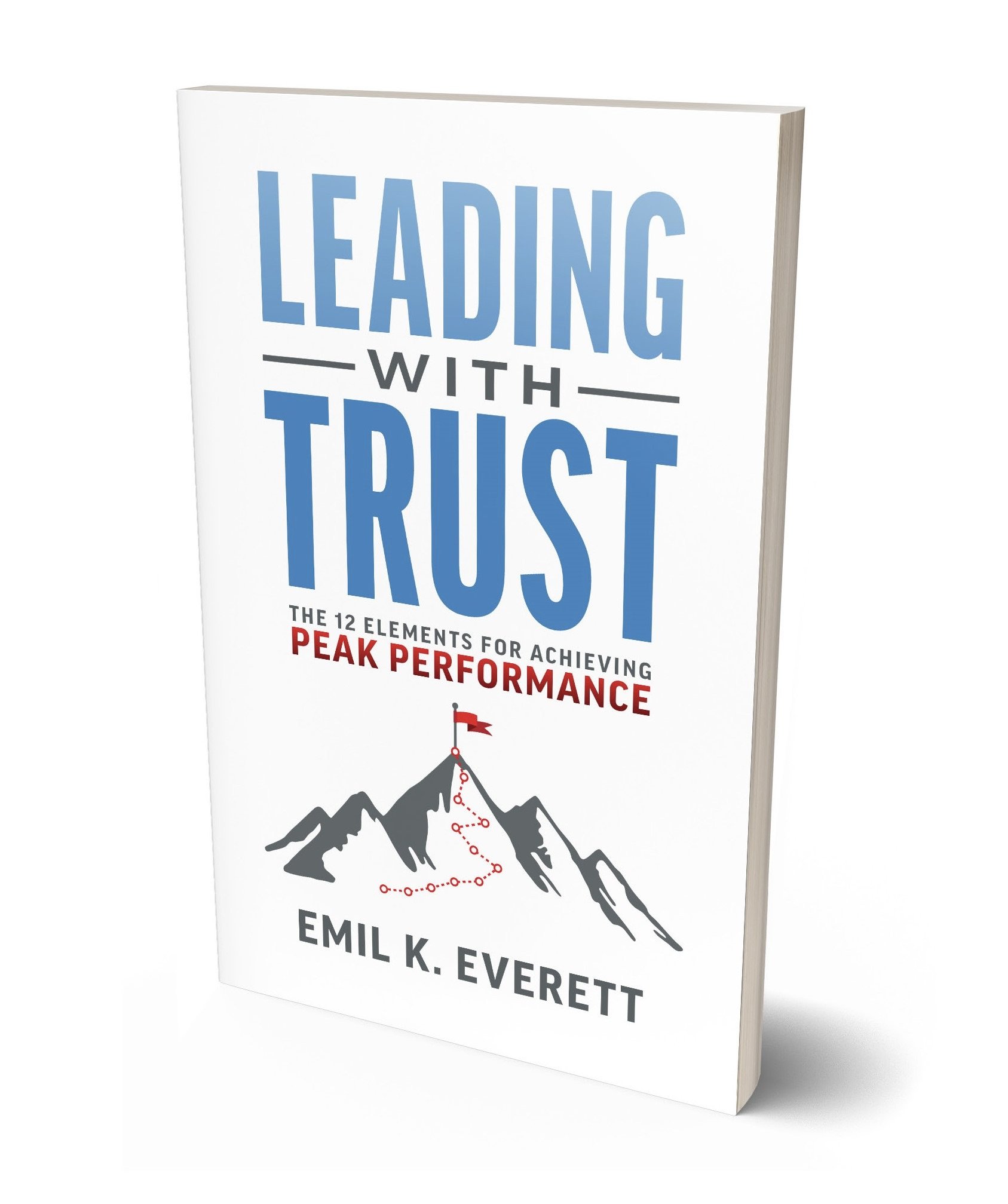The OODA Loop: A Leader's Framework for Mastery in Decision-Making
The ability to make quick, effective decisions as a leader is invaluable. One strategy, transcending its military roots and proving indispensable in the corporate world, is the OODA Loop. Conceived by Colonel John Boyd, a distinguished military strategist, this concept has become a cornerstone for leaders navigating dynamic and competitive arenas.
The OODA Loop, an acronym for Observe, Orient, Decide, and Act, was initially developed as a military strategy. Boyd, a seasoned fighter pilot, understood that success in aerial dogfights depended on physical speed and the speed of decision-making and adaptation. He postulated that the pilot who could process this cycle quickly would gain an advantage over an adversary.
The Four Stages of the OODA Loop:
Observe: This involves gathering information from the environment. This translates to understanding market trends, customer feedback, and internal performance metrics in a business context.
Orient: This stage is about making sense of the observations. Leaders analyze data, consider multiple perspectives, and leverage their experience to comprehend the situation entirely.
Decide: Here, the leader selects a course of action based on their orientation. This decision-making process benefits from the insights of the previous stages.
Act: Finally, the leader implements the decision, setting a response to the observed situation in motion.
The OODA Loop's beauty lies in its simplicity and universality. Leaders across various sectors find it an effective tool for fostering a culture of agility and proactive decision-making.
Strategic Planning: It aids leaders in navigating complex scenarios, allowing them to pivot strategies swiftly in response to new information.
Crisis Management: Leaders can use the OODA Loop to assess situations and respond effectively, minimizing damage rapidly.
Innovation and Competition: This framework encourages continuous learning and adaptation, which is crucial in staying ahead in competitive markets.
Team Dynamics: Leaders can empower their teams by delegating stages of the OODA Loop, fostering a more dynamic and responsive organizational culture.
The primary advantage of the OODA Loop is its promotion of speed and flexibility in decision-making. It encourages leaders to remain continually aware and adaptable, which is crucial in today's fast-paced world. However, challenges include the risk of information overload and the potential for hasty decisions if the loop is rushed.
The OODA Loop is more than a decision-making framework; it's a mindset. It instills a continuous cycle of learning and adaptation, which is essential for any leader in the modern world. By embracing the principles of the OODA Loop, leaders can cultivate an environment of resilience, agility, and sustained success, effectively navigating the complexities of their respective fields.

